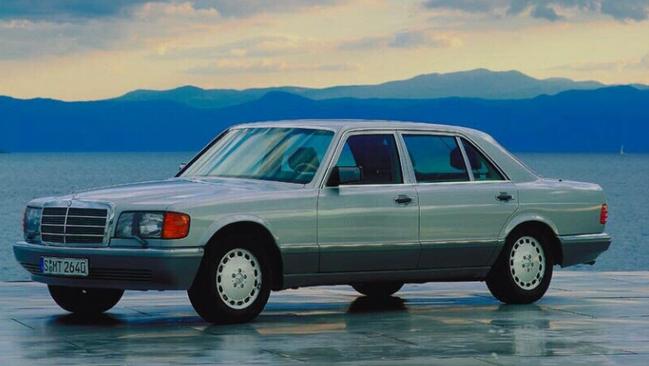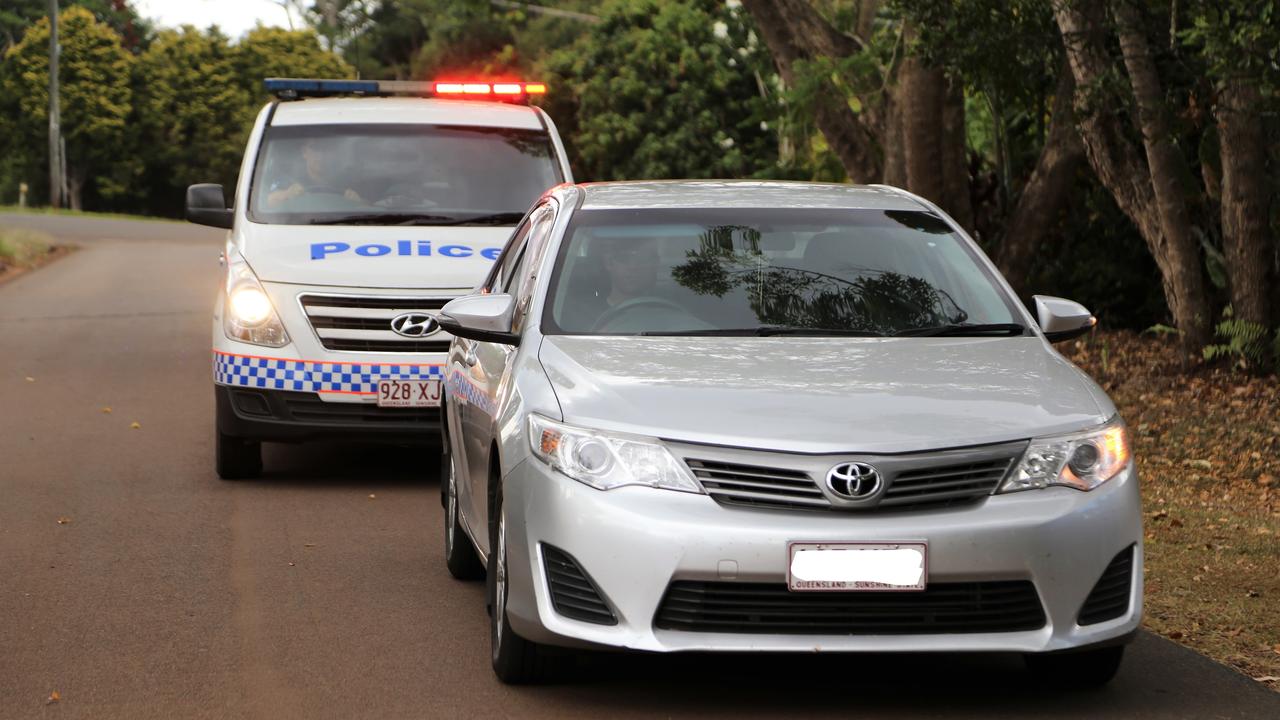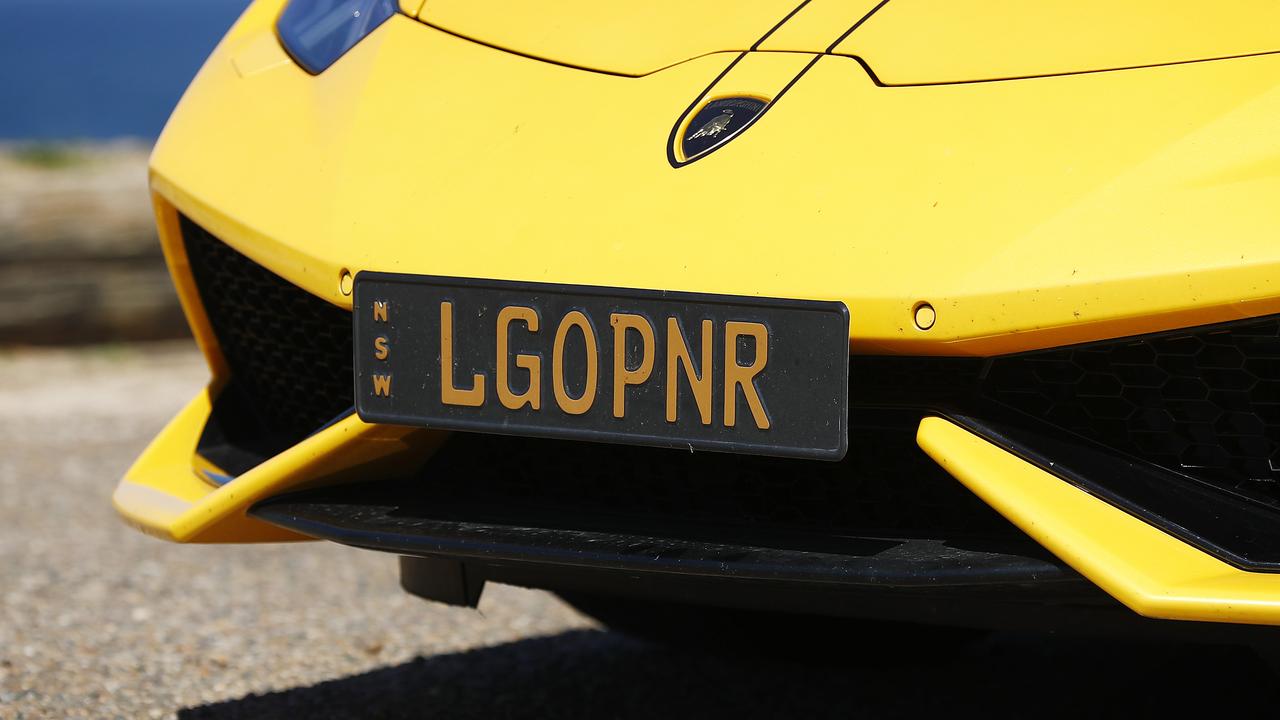Got something to say? Paul Gover answers your motoring queries
Got something to say? Paul Gover answers your motoring queries. Do European cars follow too close with cruise control? Why do we struggle with constantly variable transmissions?
After a year of research, and initially dismissing European cars as a replacement for my VZ Commodore, I ended up buying a Volkswagen Golf 110TSI despite your wariness of the dual-clutch gearbox. My short list of cars with all the equipment consisted of Subaru Impreza, Holden Astra, Ford Focus, Mazda3 Astina and Hyundai i30. The Golf won for its quietness and ride quality. Using 95 octane fuel is a pain, and automatically dipping headlights would have been handy. The adaptive cruise control is a disappointment, as I find it follows too close for comfort even on the maximum distance setting.
CVT CONCERN
I am thinking about trading my wife’s 2012 Toyota Corolla hatch, which has 37,000km on it, on a new-model Corolla. I am concerned about your article which says some people struggle with its constantly variable transmission. Would you suggest I stay away from this model?
POWER TO THE PEOPLE
I felt weak at the knees paying $600 for a replacement stop-start battery for my Mazda6. After a good bit of asking and shopping around, I had my local servo supply and fit an Enirgi brand 80Ah 800CCA calcium battery for $385. I don’t know how long it’s going to last, but it eased the purchase pain. It certainly pays to shop around.
I am a contracted NRMA patrolman. If the CX-5 owner facing a $600 spend on the battery had checked the NRMA price it is $261 for the petrol model and $349 for the diesel, with a two-year warranty. I have replaced only a couple — they were four to five years old, meaning they had cost $50-$70 a year. I haven’t changed a diesel’s battery yet but allowing for $80-$90 year is fine. The Skyactiv Mazda doesn’t use the starter motor but fires a cylinder to restart the engine for the smoothest transition. A reader referred to the stop-start tech as fuel saving, which is true, yet it also is important to reduce emissions, especially to meet Euro standards. Your road tester Bill McKinnon wrote of the flat battery in an Alfa Romeo and having no access to it in the boot. Most Euro vehicles have jump-start points under the bonnet where battery voltage can be checked and used to start vehicle.
Great advice from both of you.
CLUELESS
A driver’s attitude, as other readers say, is important but good driving is also about aptitude. If people had this quality, combined with the safer cars of today, we’d all be better off. Instead, the roads are full of people with no real understanding of their vehicle’s dynamics, let alone how to drive. Why don’t people have an interest in their car, like they do with their iPhones?
Far too many people treat driving as a right, not a privilege, and regard a car only as a way to get from A-to-B.
PIPE GRIPES

I have just bought the new Camry V6 and, for nearly $49,000, I am a little disappointed in a couple of things. When you stop the engine the driver’s seat doesn’t move back to give more room to exit the vehicle and the mirrors don’t fold in — but the biggest con of all is the exhaust system. From the rear they look to be quad outlets but they are only twin outlets. About 10 centimetres in from the rear there is another pipe in the shape of an elbow welded on to the other exhaust pipe giving the quad look. Not good for Toyota’s reputation.
If they are the only failings then the Camry is doing well. Toyota is not the only company to have fake exhaust tips to give their cars a visual boost.
TANKS FOR THE TIP
Re rust in the Hyundai fuel tank. It’s not unheard of for people to get compensation. Older, long-established service stations have steel underground tanks that shed rust — unleaded fuel is corrosive and steel tanks attract water from condensation. Newer servos, built in about the past 20 years, have fibreglass tanks and are unlikely to dispense dirty fuel. Seek out newer types of servo and stick with one if possible.
Top advice for everyone.
MORE TO MESH

Who thought it necessary to shove more and more ratios into auto transmissions? The Jeep Cherokee is listed as having a nine-speed automatic, yet I recall Holdens with two-speed Powerglide and three-speed Trimatic autos. My 1989 Mercedes copes perfectly with a four-speed automatic. Why would it require more?
More gears means the engine can be operating at its optimum for more of the time, improving both performance and economy.



